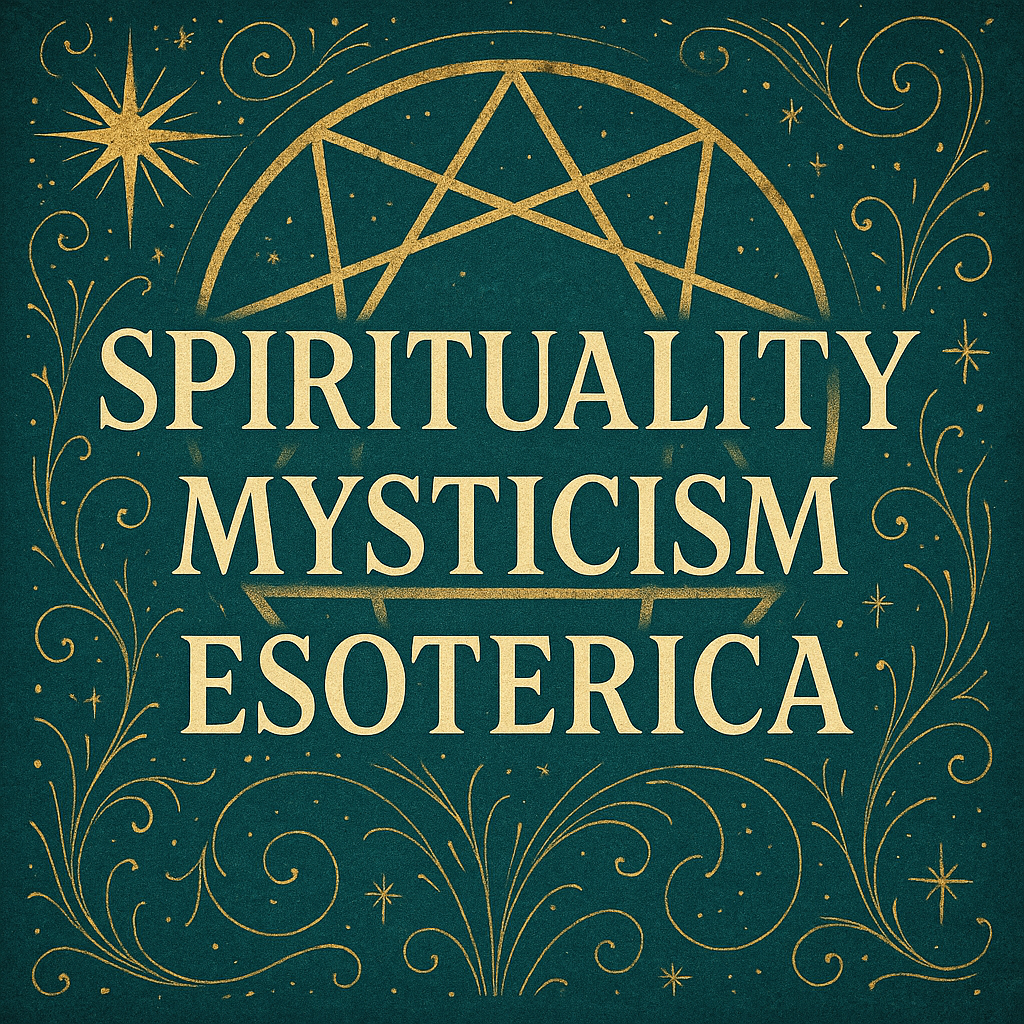I’ve read over 1,200 books on spirituality and mysticism.
That’s not a flex (though it is a little bit). It’s a confession. A lifetime of searching, questioning, and tracking patterns across traditions, cultures, and centuries has brought me to a conclusion I didn’t expect when I first cracked open the Tao Te Ching or the Bhagavad Gita:
Religion is undergrad. Mystery schools are grad school.
Let me explain.
Most of us were handed a spiritual tradition like we were handed our first backpack—early, unquestioningly, and with the expectation that we’d carry it through life. Traditional religion serves a vital role in human culture. It teaches the basics—how to live ethically, how to engage with the divine, how to connect with community. It’s filled with ceremony, scripture, and certainty. And like any good college experience, people are fiercely loyal to their alma mater. They chant the songs, wave the banners, and sometimes get into heated debates with the folks from across town whose theology wears a different jersey.
Religion is designed for the masses. It’s meant to be accessible, repeatable, structured. But once you’ve memorized the creeds and walked the well-worn paths, you may start to feel a deeper hunger. That’s when the world of the Mystery Schools starts to appear.
These aren’t literal schools (though some have physical locations). They’re the deeper currents that run beneath the surface of mainstream spirituality—subtle, often hidden, and frequently suppressed. Mystery traditions pop up in almost every major religion, like secret graduate programs that don’t advertise and don’t care about your GPA. All they want is your burning desire for truth.
Taoism, once a philosophy of harmony with the natural order, became a full-blown spiritual technology. Jewish mystics unearthed the esoteric code of the universe in Kabbalah. Gnostic Christianity saw through the surface-level stories to the direct experience of the divine within. Sufism turned Islamic devotion into ecstatic union. Even Christianity, with its centuries of rigid dogma, birthed the mystical experiments of Meister Eckhart, Hildegard of Bingen, and the Desert Fathers.
And then there are the Western esoteric traditions—Rosicrucianism, Theosophy, Hermeticism—systems that collected and synthesized the deeper teachings from all traditions and put them into a kind of meta-program of spiritual graduate work.
These paths are not for the masses. They require discernment, discipline, and often a willingness to be misunderstood. Mystery schools have been mocked, persecuted, and forced underground because they don’t play by the rules of traditional religion. They don’t tell you what to believe. They give you the tools to find out for yourself.
In a mystery tradition, it doesn’t matter what “undergrad” religion you came from. Whether you were raised Catholic, Hindu, or agnostic, what matters is your direct experience of the divine and your commitment to transformation. These schools don’t teach dogma—they teach methods. Meditation, visualization, inner alchemy, sacred geometry, symbolic language, dreamwork, and the kind of initiatory challenges that test who you think you are.
And before you dismiss Mystery Schools as what Han Solo might call “mumbo jumbo,” consider the minds who didn’t. Some of history’s greatest thinkers, inventors, and visionaries were students of these esoteric traditions. Not only did they take Mystery School teachings seriously—they often credited them with unlocking their creative genius.
Isaac Newton, the very symbol of Enlightenment rationality, devoted more of his life’s writing to alchemy and biblical prophecy than to physics. He wasn’t dabbling—he was obsessed. Newton believed that the material world and the spiritual world mirrored each other, and that alchemical transformation was not only physical but internal. His laws of motion may have changed science, but his search for spiritual gold—what alchemists called the Philosopher’s Stone—revealed a different kind of devotion.
Thomas Edison, widely celebrated as a technological pioneer, was deeply influenced by Theosophy, a mystical tradition rooted in Eastern and Western esoteric thought. He believed that consciousness extended beyond death and sought to invent a “spirit phone” to communicate with the dead. Sounds bizarre? Maybe. But it also points to his conviction that the boundaries between the material and spiritual worlds were thinner than most believed.
Carl Jung, the father of analytical psychology, integrated alchemical symbolism into the core of his theories. His concepts of individuation, archetypes, and the collective unconscious are straight from the Mystery School playbook. Jung didn’t just study myths—he lived them. His Red Book is a modern grimoire of inner initiation.
Pythagoras, often remembered for his theorem, was at heart a mystical philosopher who founded a secret school that taught reincarnation, sacred geometry, and spiritual purification. To Pythagoras, numbers weren’t just abstract symbols—they were divine.
These weren’t fringe thinkers tucked away in the margins of history. These were giants. And for them, the so-called “mumbo jumbo” wasn’t superstition—it was a different kind of science, one focused on the soul.
Mystery Schools may be hidden, but they’re not obscure. They are part of a lineage of deep thinkers who knew that mastering the outer world was never enough—you also have to master the inner one.
They aren’t easy. They aren’t trendy. But they offer something that religion often can’t: a path beyond belief—toward knowing.
I’m not anti-religion. I’m grateful for the ethical frameworks and sacred stories I inherited. But when those stories stop making sense—or start making sense in ways beyond what the sermons feed—it might be time to go to grad school.
The Mystery Schools are waiting.


